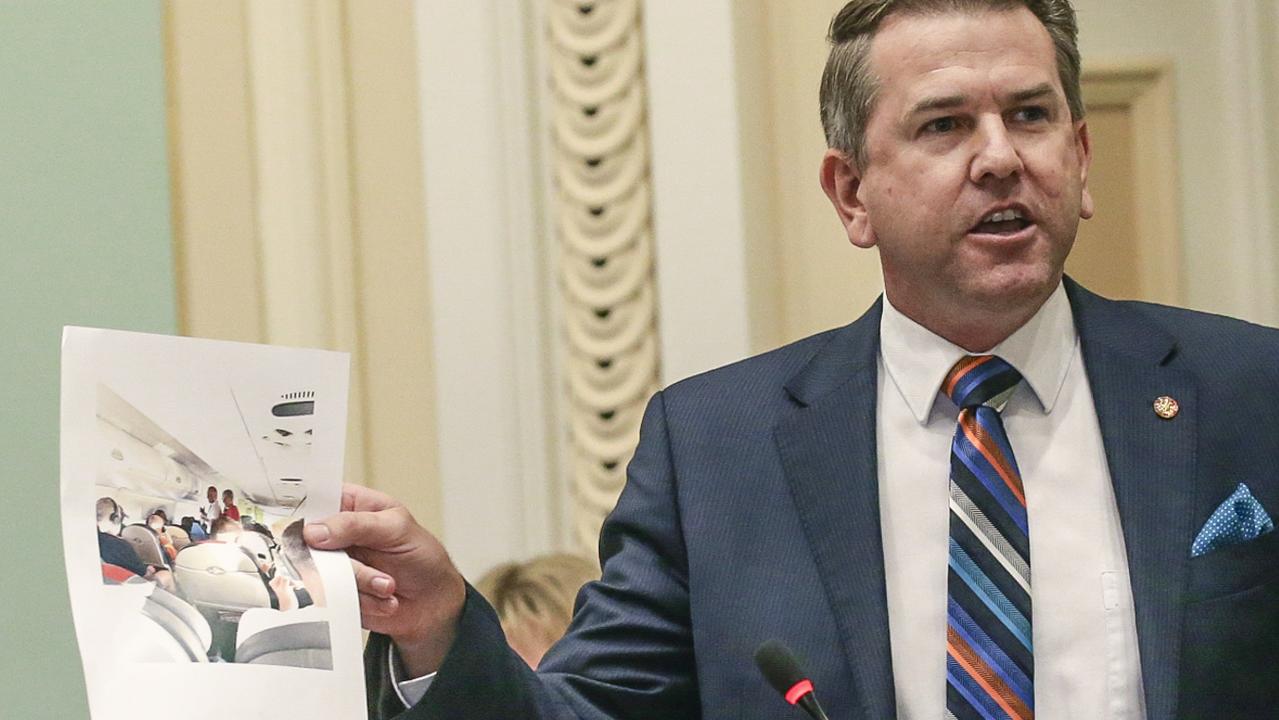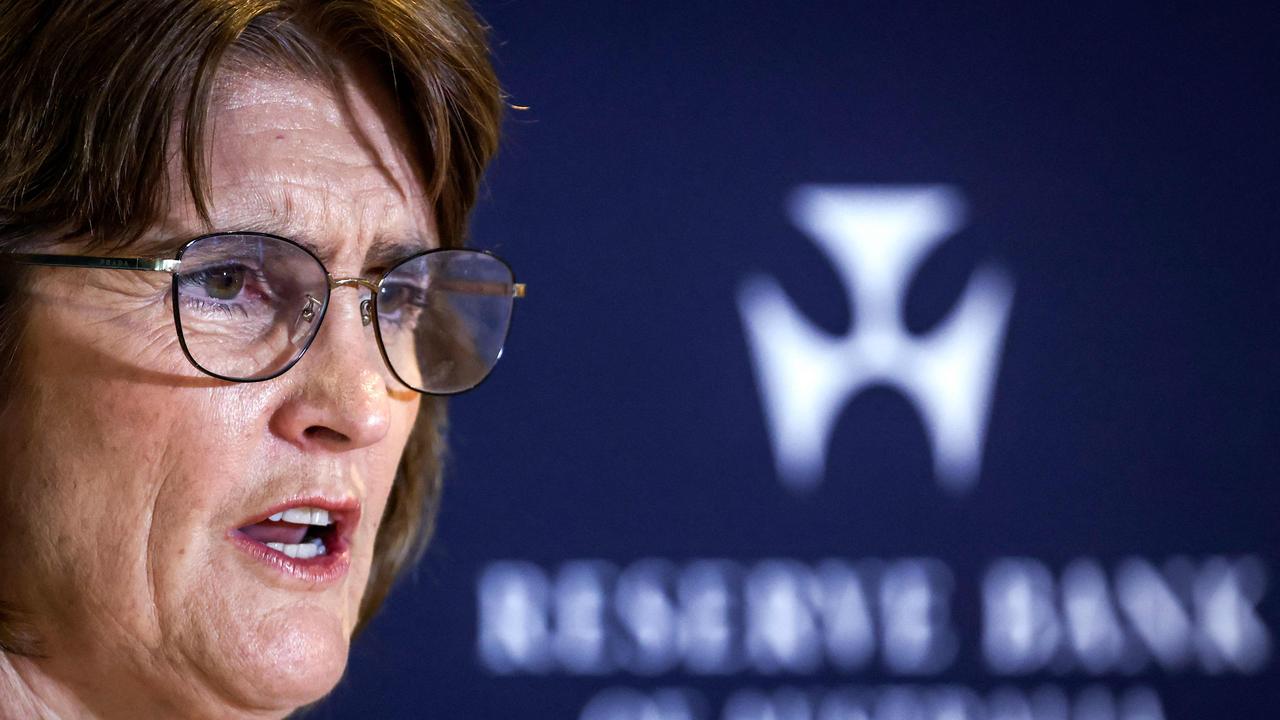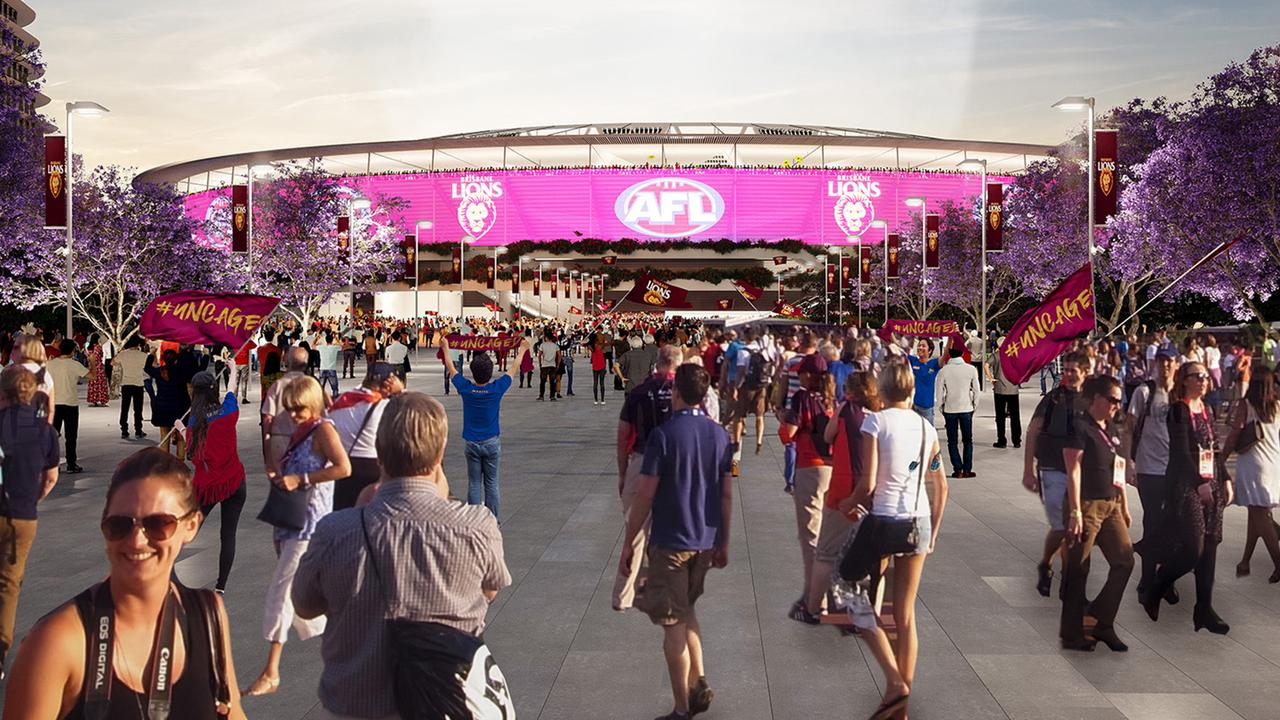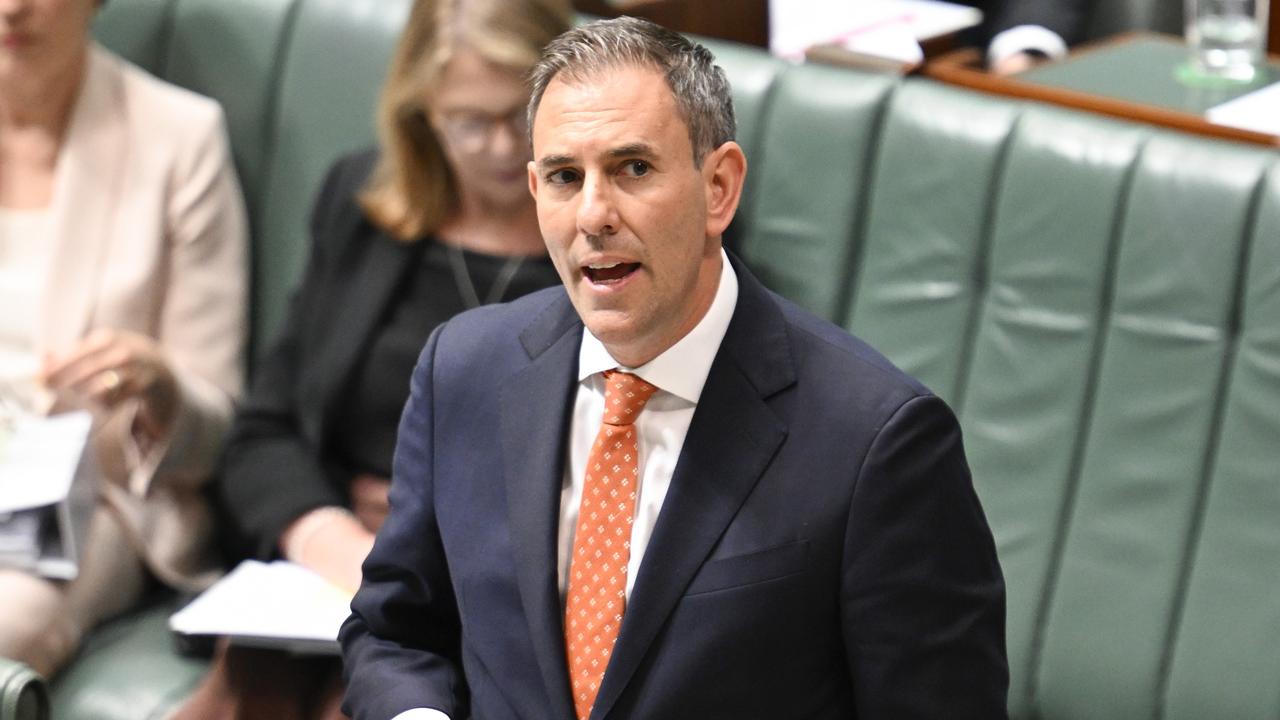Federal Budget editorial: Stage 3 tax cuts the elephant in the room
The biggest story of this budget is not what was included in its reams of pages, but rather what was left unsaid, writes the editor.
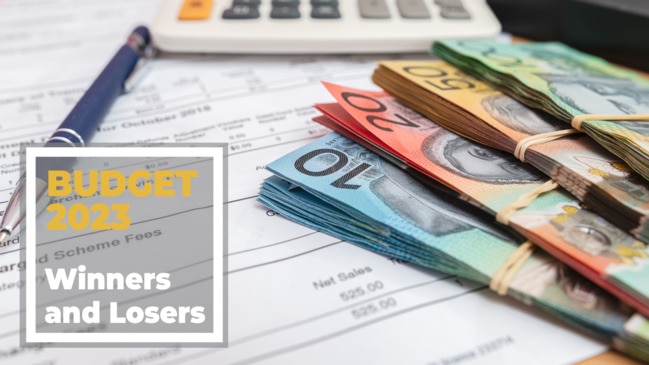
Opinion
Don't miss out on the headlines from Opinion. Followed categories will be added to My News.
The biggest story of this budget is not what was included in its reams of pages, but rather what was left unsaid – the Voldemort of Labor’s fiscal plan, as one clever reporter put it to Treasurer Jim Chalmers in the Canberra lockup on Tuesday.
Mr Chalmers spruiked what he described – and fair enough – as a “remarkable” turnaround in budget fortunes, dubbed his plan balanced and responsible, and sold it as delivering targeted relief to the most vulnerable.
But what was missing was any sign of the broad reform that will be inevitably necessary if Mr Chalmers wants to rein in the mountain of Covid-19 debt hanging off the nation’s financial position – reform that he described as a “difficult conversation” when he brought down his first budget in October, when he warned there would be tough decisions needed to do the necessary repair work.
Yet despite this, we have so far only seen tinkering around the edges. And so that leaves open the big question of what is next.
The obvious answer to this is the issue – the Voldemort – that the Albanese government dare not speak of: stage three tax cuts.
These are already legislated changes due to come in from July next year that would eliminate an entire tax bracket, drop the rate, and push out the margins so that every Australian earning between $45,000 and $200,000 will pay a maximum rate of just 30c-in-the-dollar.
The controversy comes when you do the maths on that and realise that those on $50,000 will get a few hundred back in tax, while those on more than $200,000 will benefit to the tune of about $10,000 a year – and all for a cost of $69bn over the next four years alone, all adding up to the fact the cuts are a tempting target for a Labor Treasurer looking for some wriggle room.
Mr Chalmers on Tuesday said the government’s position was still to retain the stage three tax cuts. But there were none of the usual tax tables that would usually be included in the mountain of glossy brochures accompanying a budget where such a substantial change was coming into effect next year.
The only conclusion that can be drawn is the government is keeping its options wide open.
But back to what was unveiled on Tuesday night – and credit where it is due, the Treasurer’s $4.2bn surplus is remarkable. A surplus is also something that has not been achieved in 15 years. It also equates to a massive $82bn turnaround on his predecessor’s forecast just a year and a bit ago.
It is also a responsible move for Mr Chalmers to take 82 per cent of an unexpected revenue windfall this year and bank it, as this will result in lower deficits in the years to come. (By way of a comparison, former treasurer Josh Frydenberg had been banking about 40 per cent of revenue improvements.)
And yet this was still a classic Labor budget, with taxes going up and spending going towards the most vulnerable in society.
For most others, there was not a lot of good news – despite the Treasurer’s insistence that changes to bulk-billing, the cost of medicines and childcare would benefit millions.
And worse, many will be paying more this tax time – some up to $1200 – as the low-and-middle income tax offset come off. That help was always meant to be temporary, and was extended, but many people will feel that hip-pocket pain amid growing electricity, mortgage, rent and grocery bills.
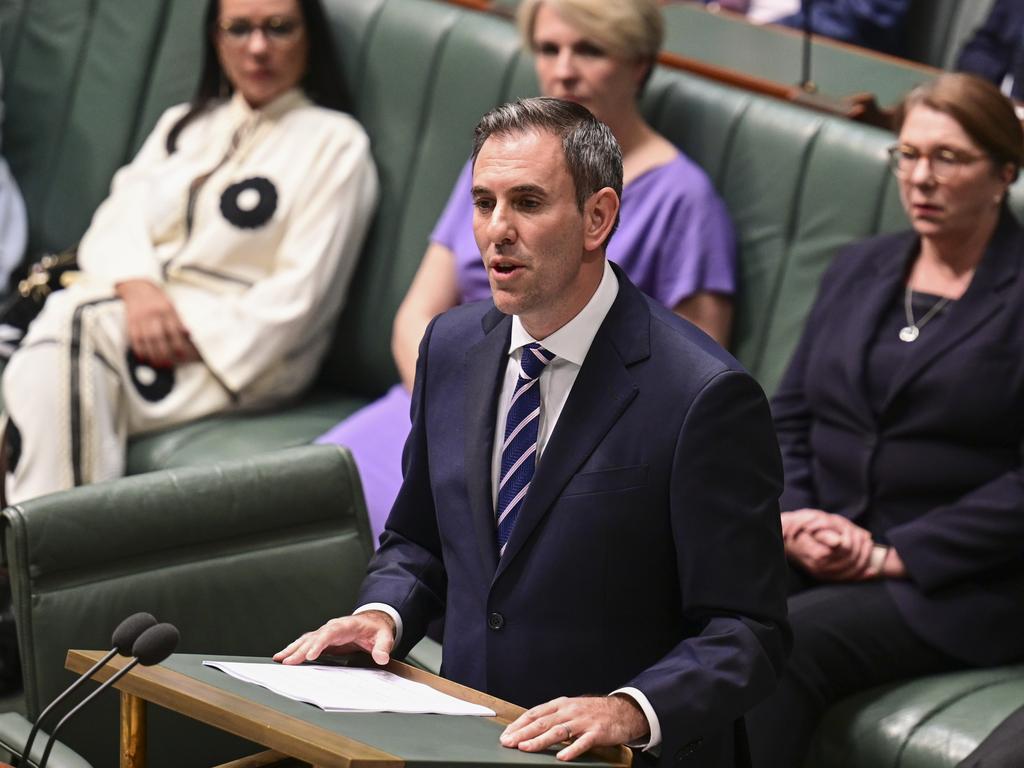
Electricity prices will be going up too, but not by as much as previously forecast due to policies like coal and gas price caps, and a $500 rebate for concession card holders and pensioners that will be welcome.
The budget also confirms that superannuation taxes will be hiked for those with more than $3m in their accounts, and reveals a hike in cigarette taxes.
Gas companies will fork out another $2.4bn in taxes through the revised PRRT – an unexpected hit to the industry in the mould of the royalties hike on miners unveiled by the Queensland Labor Treasurer Cameron Dick in his budget last year. There is a strong argument the resources companies should be paying their fair share of tax, with soaring prices of coal and gas caused by Russia’s invasion of Ukraine see them making off with record profits – and so taxpayers should see a portion of that returned.
But, just as in Queensland, the government does need to be careful not to kill the goose that laid the golden egg. A sizeable portion of Mr Chalmers’ revenue has come from the booming resources sector, and price caps and royalties hikes have made big companies more cautious about investing here. Without projects in the pipeline, that extra revenue will slow.
And it won’t just be limited to those fossil fuels. Japan’s outgoing ambassador recently warned that investor wariness and policy uncertainty had spread to other sectors such as hydrogen. Given that $2bn is invested in this budget to develop this potentially lucrative industry in places like Gladstone, this outcome is not something the government would want.
Originally published as Federal Budget editorial: Stage 3 tax cuts the elephant in the room

